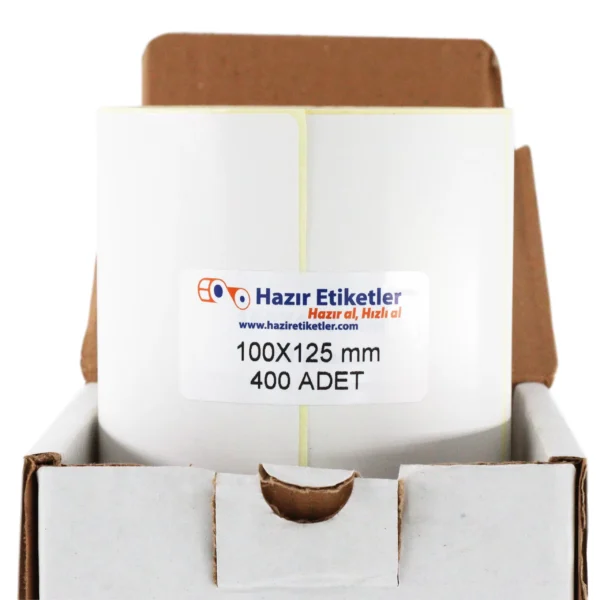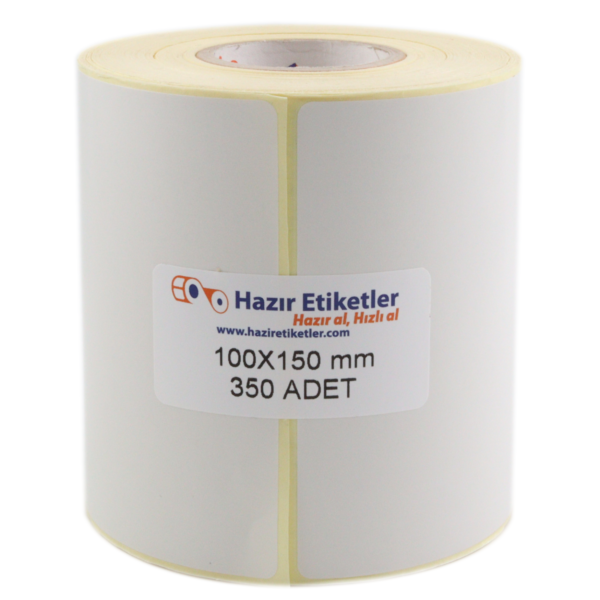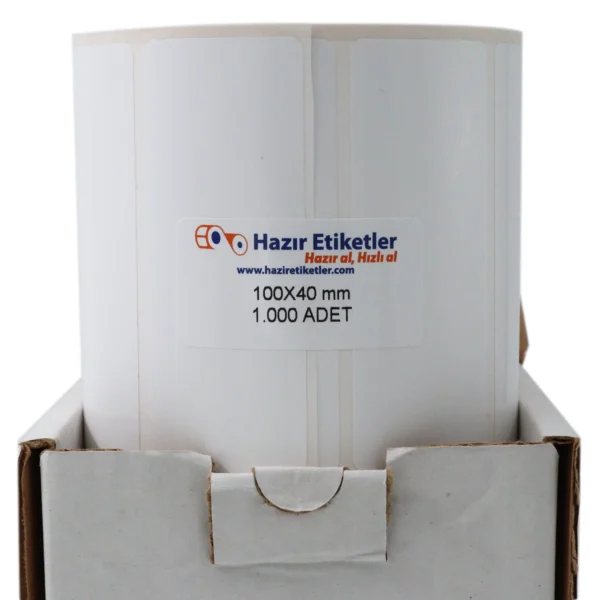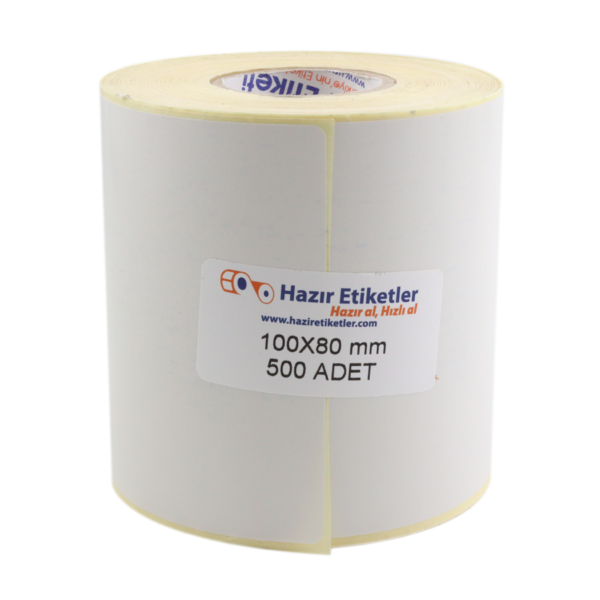Thermal transfer labels play a pivotal role in diverse industries, offering an array of options to meet specific labeling needs. Unlike direct thermal labels that utilize heat-sensitive paper for printing, thermal transfer labels employ a different method involving a ribbon to transfer ink onto various materials. These labels can be further classified into laminated, eco, and roll labels, each serving distinct purposes. Laminated thermal transfer labels feature an additional protective layer, enhancing durability and resistance against scratches, making them ideal for applications requiring robust labeling solutions. On the other hand, eco thermal transfer labels prioritize environmental sustainability, utilizing eco-friendly materials without compromising print quality.
Roll labels provide a convenient and efficient labeling solution, available in various configurations such as the ball thermal label and the scratch-resistant label that can withstand the friction of a fingernail without compromising the printed information. Notably, thermal transfer labels offer versatility as they can be printed without the need for a ribbon, simplifying the printing process. The PP thermal label, made of polypropylene, stands out for its durability and moisture resistance, making it suitable for challenging environments. In summary, the diverse range of thermal transfer labels provides businesses with the flexibility to choose the most suitable option for their unique labeling requirements.

 Türkçe
Türkçe



































